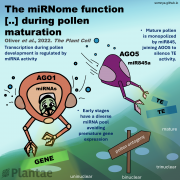
Plant Science Research Weekly: March 18, 2022
Review: A rulebook for peptide control of legume–microbe endosymbiosis
Symbiotic associations with bacterial or fungal partners enhance nutrient uptake for most plants, and recent years have uncovered the very sophisticated means by which these associations are established and controlled. Peptides…

Plant Science Research Weekly: March 4, 2022
Review. Auxin canalization: From speculative models toward molecular players
The versatility of roles that the hormone auxin plays led Paque and Weijers to suggest a new meaning to the acronym IAA (originally- Indole Acetic Acid)- ‘Influences Almost Anything’. It is known that PIN-FORMED (PIN) auxin…
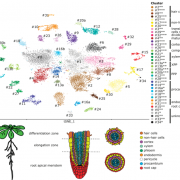
Plant Science Research Weekly: February 18th, 2022
Carbon flux through photosynthesis and central carbon metabolism show distinct patterns between algae, C3, and C4 plants
Photosynthesis is an attractive target for improving crop yields, and tailoring downstream photosynthesis-associated metabolism is a relatively unexplored path for achieving this.…

Plant Science Research Weekly: February 4, 2022
Review: The great diversity in kinds of seed dormancy: a revision of the Nikolaeva–Baskin classification system for primary seed dormancy ($)
In 1967, Marianna G. Nikolaeva presented the first detailed system to classify seed dormancy based on its causes and the conditions required to break it.…
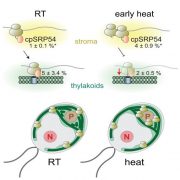
Plant Science Research Weekly: January 21, 2022
TT2 controls rice thermotolerance through SCT1-dependent alteration of wax biosynthesis
Global warming severely affects agricultural harvests, risking food security. To deal with heat stress, plants show different strategies. Indeed, heat increases intracellular Ca2+ levels to activate a heat shock…
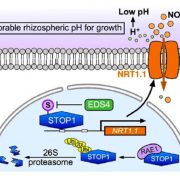
Plant Science Research Weekly: January 7, 2022
Happy New Year! Welcome to our latest edition of Plant Science Research Weekly, featuring contributions from several of our new cohort of Plantae Fellows, who will be helping us keep up with exciting developments in plant sciences. Enjoy!
The evolutionary advantage of losing genes after endosymbiosis
The…
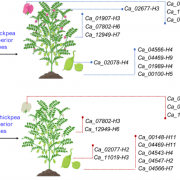
Plant Science Research Weekly: December 10, 2021
Review. Chloroplast development in green plant tissues: The interplay between light, hormones, and transcriptional regulation
Chloroplasts are indispensable for plant growth and physiological performance; not only for photosynthesis but also for many biochemical processes. Due to the endosymbiont…

Plant Science Research Weekly: November 19, 2021
Focus Issue on Architecture and Plasticity
The November issue of Plant Physiology is a Focus Issue on Architecture and Plasticity. One of the most intriguing aspects of plant growth and development is the environmental responsiveness (also known as “plasticity”) of plant architecture (growth form).…
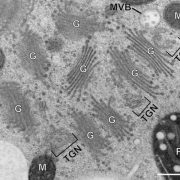
Plant Science Research Weekly: October 29, 2021
Special Issue of J. Exp. Bot. The quiescent center and root apical meristem: Organization and function
As the name suggests, the root quiescent center (QC) is an area at the root tip of low cell-division activity. This special issue of the Journal of Experimental Botany provides a comprehensive overview…

